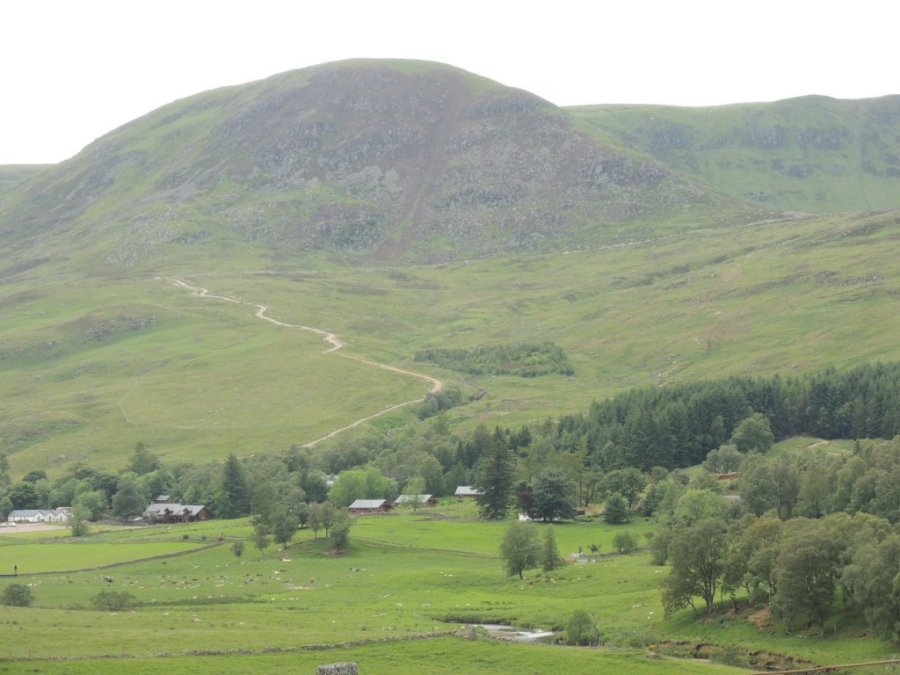The decision by a Scottish Government reporter to compel the removal of a controversial Cairngorms hillside track has been hailed as a ‘landmark result’ by campaigners. The ruling ends a long-running battle over the Glen Clova track, which runs for 1.5km through the Cairngorms National Park.
Helen Todd, Ramblers Scotland’s policy manager and co-convener of the LINK Hilltracks group, said: “This is…sadly one of very few examples of an authority feeling able to commit enough time and money to retrospectively tackle unauthorised tracks. This ugly track is scarring the landscape in this historic, protected glen – and we look forward to seeing the hillside restored within the coming year.
“All Scottish landowners should take note of today’s decision, and the expensive restoration job that the landowner will now need to carry out.”
Courting controversy
Vehicle tracks on Scotland’s hills have been the subject of increasing controversy over the past few years. In November 2018, we reported on the setback faced by campaigners when MSPs voted down a proposed amendment to the Scottish Planning Bill brought by Scottish Green MSP Andy Wightman. The amendment would have made it a legal requirement for landowners to apply for planning permission before constructing access tracks on land used for stalking and shooting – as well as in National Parks, SSSIs and National Scenic Areas.
Currently, landowners simply need to tell authorities before building tracks which are said to support ‘agriculture or forestry’ – and full planning permission is generally not required. Campaigners believe these tracks are often created to support shooting activities and therefore should be subject to a planning application.
Encouragingly, the Scottish Government has made hill tracks one of the top priorities in its forthcoming review of ‘Permitted Development Rights’, which governs which types of developments can bypass the full planning permission process. The Glen Clova case could have a bearing on the decision-making process.
Beryl Leatherland of Scottish Wild Land Group and co-convener of the LINK Hilltracks group said: “The case highlights the urgent need for the Scottish Government to introduce stronger controls over vehicle tracks in our hills – to boost local democracy, improve construction standards and protect precious environments from further damage.”
‘Not just a route from A to B’
Research published in 2018 by the Scottish Environment LINK Hilltracks group found that vehicle tracks continue to expand further into Scotland’s mountain landscapes, and that weak planning processes can lead to them being badly-sited and designed. Some tracks have even been built over the top of narrow, low-impact trails and historical routes, with little chance for the public to comment in advance.
As John Burns writes in this piece on the disruption caused by hill tracks: “A path through the hills is not just a route from A to B. The line it takes, the way it turns around a bog, or seeks out the shallowest point in a stream to make dry-footed crossings, is the outcome of a conversation. The course of a path through the landscape is the result of the passage of hundreds of years and thousands of feet moving in a dialogue with the landscape.”
The John Muir Trust has said that 2020 will be a ‘big year for Scottish planning and land use decisions’ with Scotland’s new Planning Act due to be implemented on top of the review of Permitted Development Rights.







